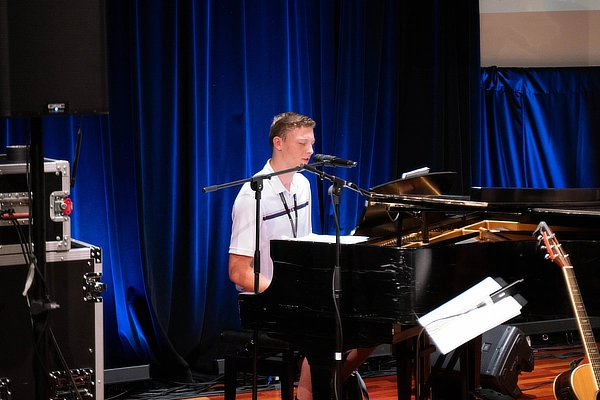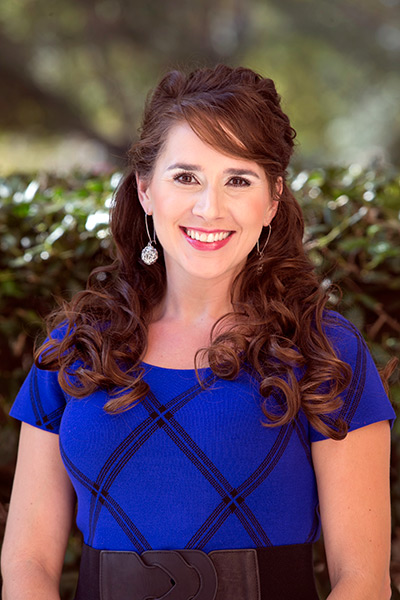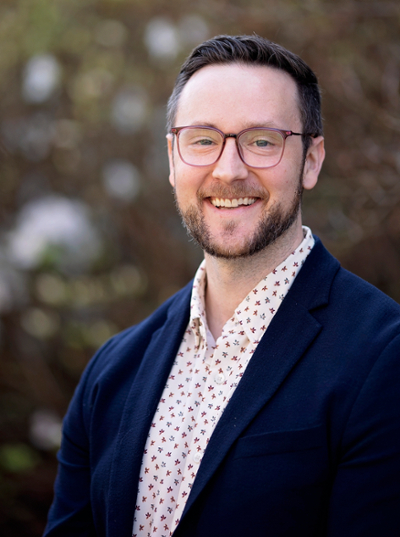
This is part five of a five-part series on our learning about young people at Animate. Parts one, two, and three, and four are still available.
So, what are we learning from young people through their experience at an ecumenical worship event like Animate 2023?
Many reported that the most formative part of the event was strengthening current relationships, but also building new friendships across difference. Through small groups, late night fun in the quad, and the festival of worship, strangers with different artistic gifts became friends and co-planners, creators, and leaders of worship (read more about the Animate experience in part one of this series). There was a notable theological and liturgical flexibility that was forged through community and working as a team.
This flexibility is undergirded by an operant theology of worship characterized by curiosity and the appreciation of difference, mostly. Animate participants expressed this working theology mainly in relation to the worship services offered.
In their survey responses, teenagers described the main worship services at Animate as being “diverse,” “multistylistic,” “different,” or “varied” – but also “somewhat familiar” to their home contexts. Curiosity, appreciation of difference, and authenticity are all values that these participants embodied. As one student in a focus group remarked about encountering liturgical difference:
“Well, it’s still worship. And no matter what we do, if we do it with our whole heart before God, I think that’ll bring us to a familiar place of worship.”
As we continue shaping this research effort into a broader study, we are especially interested in a deeper analysis of the data through the lenses of gender, age/grade level, race, and denominational affiliation. It will be interesting to cross-reference the qualitative data with these variables and draw comparisons. We are also interested in exploring many of the anecdotal stories of liturgical difference and discomfort, especially when in ecumenical environments.
We are particularly interested in the impact of musical style and change on the participation of young people at worship. We know that many stereotypes exist when it comes to envisioning what kind of worship music best engages teenagers. We believe this study, while limited in scope, provides indicators that some of our guiding assumptions may, at the least, deserve qualification and, perhaps, be altogether questioned before we use them to ground our real-life worship with teenagers.
While there’s still much more work to do, we know one thing: this work is worth it.
Teenagers comprise an important voice in the Church, a perspective from which we all need to learn. They’re not just the Church of the future—but the Church of right now. And in light of what we’re learning from teenagers at Animate, we say, thanks be to God.
Join us this year! Animate 2024 registration opens February 1!
This is part five of a five-part series on our learning about young people at Animate. Additional articles include:
What We’re Learning About Young People and Worship at Animate: What is Animate Again?
What We’re Learning About Young People and Worship at Animate: What Our Research Study Looked Like
What We’re Learning About Young People and Worship at Animate: Themes from Our Findings, Part 1
What We’re Learning About Young people and Worship at Animate: Themes from Our Findings, Part 2
 Emily Snider Andrews, Ph.D., is Assistant Professor of Church Music and Worship Leadership and Executive Director of the Center for Worship and the Arts at Samford University.
Emily Snider Andrews, Ph.D., is Assistant Professor of Church Music and Worship Leadership and Executive Director of the Center for Worship and the Arts at Samford University.
 Rev. Nelson Cowan, Ph.D., Director of the Center for Worship and the Arts at Samford University, is a liturgical theologian, worship leader, and ordained pastor in The United Methodist Church.
Rev. Nelson Cowan, Ph.D., Director of the Center for Worship and the Arts at Samford University, is a liturgical theologian, worship leader, and ordained pastor in The United Methodist Church.
